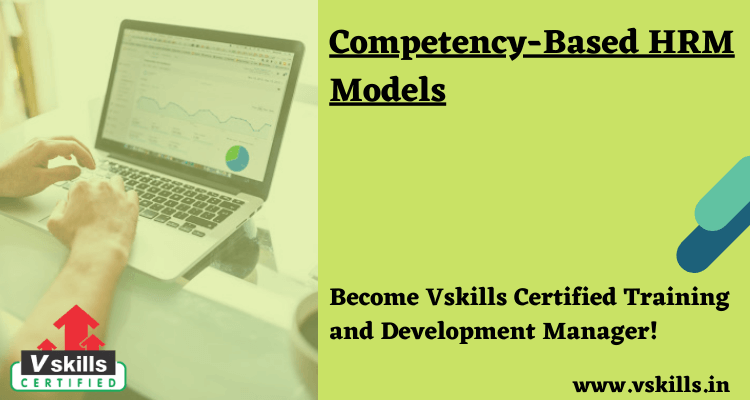
Competency-Based HRM Models– Typically, a model is defined as ‘’an imitation or an abstraction from reality that is intended to order and simplify our view of that reality while still capturing its essential characteristics” (Forcese & Richer, 1973). It is a logical structure. Models can be either implicit or explicit. Implicit models do not clearly specify the interrelationships involved in the model but merely assume or imply their presence and, to this extent, are based on intuition. By contrast, an explicit model forces the individual to think clearly about and account for all the important interrelationships involved in a problem.
In good model design it is crucial that both the model and the individual relationships involved be tested or validated. This objective is not met when there is complete reliance on intuition and this has the potential of building a model with poorly specified or, in some cases, erroneously specified relationships. As a result, explicit models are preferred to implicit ones (Pindyck and Rubinfeld, 1976).
Competency Models
Dubois (1993) in defining competency models states that they ‘’provide the adhesion or ‘’glue’’ that is necessary among the elements of an organization’s human resource management system. By this I mean that competency models help organizations take a unified and coordinated approach to designing the human resource management system, including job design, hiring, performance improvement, employee development, career planning or pathing, succession planning, performance appraisals, and the selection and compensation systems for a job. Therefore, any investment an organization makes in competency model development work has benefits beyond the usefulness of the results for HRD purposes.’’
He further describes a competency model as being able to capture ‘’those competencies that are required for satisfactory or exemplary job performance within the context of a person’s job roles, responsibilities, and relationships in an organization and its internal and external environments” and is “. . . generally very detailed and might include, for example, a description of the job setting, the job tasks and activities, the job outputs, the employee competencies that are required the job tasks, and the quality standards for outputs . . . the contents of the competency model (models) are then converted, in a highly systematic manner, to a curriculum plan.
- Test Your Skills By Taking Our Training and Development Practice Tests on this link
- Apply for Training and Development Manager Certification Now!! Learn “Competency-Based HRM Models” and try the free practice test!


